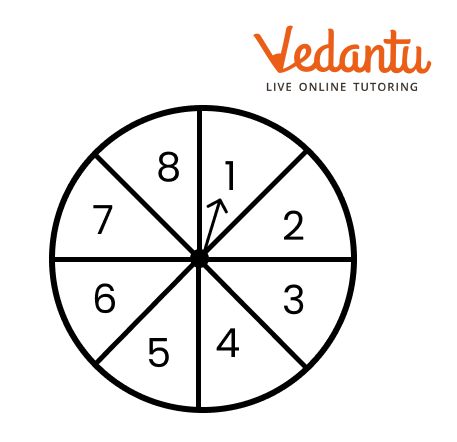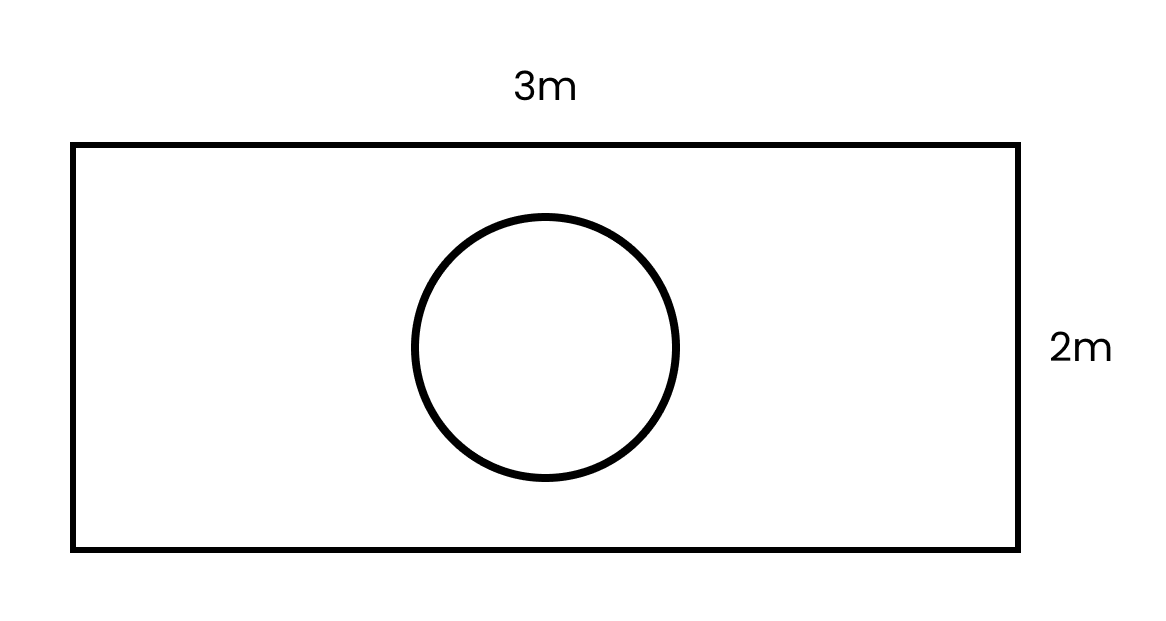Find Complete Probability Class 10 Questions and Answers for Better Understanding
NCERT Solutions for Class 10 Maths Chapter 15 Probability
FAQs on NCERT Solutions for Class 10 Maths Chapter 15 Probability
1. What is the correct method to calculate the probability of an event in Class 10 Maths Chapter 14 as per NCERT Solutions?
The probability of an event is calculated using the formula: Probability of an event (E) = Number of favourable outcomes / Total number of possible outcomes. This method is valid when all outcomes are equally likely, as emphasized in the NCERT Solutions for Class 10 Maths Chapter 14.
2. How do the NCERT Solutions for Class 10 Maths Chapter 14 recommend identifying elementary events in probability problems?
Elementary events are outcomes that cannot be broken down further—they represent single, specific results of an experiment. According to the NCERT Solutions, you should list every possible basic outcome, such as getting a ‘head’ when tossing a coin or drawing the ‘5 of hearts’ from a deck.
3. Why must the probability of any event always be between 0 and 1 as explained in the NCERT Solutions?
This is because probability measures the chance of an event occurring: 0 represents impossibility and 1 represents certainty. According to Chapter 14, values outside this range (negative or above 1) are not valid probabilities. All actual outcomes must fall within this range, ensuring the sum of probabilities of all possible events equals 1.
4. What are complementary events, and how do NCERT Solutions illustrate their use in solving probability exercises?
Complementary events are pairs of outcomes that together include all possible results of an experiment (for example, 'E' and 'not E'). In Chapter 14, it’s shown that the sum of their probabilities is always 1: P(E) + P(not E) = 1. This relationship is often used to find one probability when the other is known.
5. How does the addition theorem of probability apply in stepwise problem-solving according to the Class 10 NCERT Solutions?
The addition theorem applies when calculating the probability of either of two mutually exclusive events happening. As per the NCERT Solutions, if two events cannot happen at the same time, their combined probability is: P(A or B) = P(A) + P(B).
6. What types of problems does Chapter 14 focus on for stepwise solution practice in the NCERT Solutions?
Chapter 14 covers probability problems involving coin tosses, dice rolls, drawing cards, selecting objects at random, and games of chance. The NCERT Solutions guide students to solve these step by step using the correct probability formula and clear identification of sample spaces.
7. What is experimental probability, and when do NCERT Solutions recommend its use over theoretical probability?
Experimental probability is calculated based on observed results from actual experiments. It’s used when it’s impractical or impossible to assume all outcomes are equally likely, or when real-world data is available. P(E) = Number of times E occurs / Total number of trials is the formula emphasized in Chapter 14 NCERT Solutions.
8. How do the NCERT Solutions help students avoid common errors while solving probability problems?
Students are guided to:
- Check that all outcomes are equally likely before applying the formula.
- Ensure the total probability does not exceed 1 or fall below 0.
- Clearly define the sample space and favorable outcomes.
- Distinguish between complementary and mutually exclusive events.
9. Why is tossing a coin considered a fair method for making decisions according to the Class 10 NCERT Solutions?
Tossing a fair coin gives two equally likely outcomes—heads or tails. As explained in Chapter 14, this absence of bias ensures that both participants have an equal chance, making it an accepted method for fair decisions.
10. In the NCERT Solutions for Chapter 14, what is the significance of clearly listing the sample space before solving a problem?
Listing the sample space ensures that students account for every possible outcome, which is crucial for assigning correct probabilities and avoiding overlooked cases. Accurate sample space listing is a central step in all probability solutions in Chapter 14.
11. How can you distinguish between theoretical and experimental probability in terms of NCERT Solutions approach?
Theoretical probability relies on logical reasoning and assumes all outcomes are equally likely, whereas experimental probability depends on conducting trials and recording results. The NCERT Solutions for Class 10 Maths Chapter 14 address both, highlighting their appropriate use with examples.
12. What common misconceptions should be avoided while working on NCERT Solutions for Class 10 Maths Probability?
Common misconceptions include:
- Assuming outcomes are equally likely without checking.
- Letting probability values go below 0 or above 1.
- Confusing complementary and mutually exclusive events.
- Not properly defining the event or sample space before solving.
13. Why do step-by-step solutions matter when working through NCERT Solutions for Class 10 Maths Chapter 14?
Step-by-step solutions promote clarity, reduce errors, and help students logically reason through problems. This method is key for understanding and mastering probability as per CBSE exam guidelines, and it is consistently followed in the NCERT Solutions.
14. How does practicing NCERT Solutions for probability assist students in scoring better in board exams?
Regular practice with NCERT Solutions helps students master the stepwise process, avoid typical errors, and become familiar with various question patterns—improving both their confidence and results in CBSE Class 10 board exams.
15. What is the practical importance of probability in real life as demonstrated by NCERT Solutions in Class 10 Maths?
Chapter 14 shows that probability is essential for making informed choices in uncertain situations such as weather prediction, risk assessment, and games. The NCERT Solutions include daily life examples to highlight these applications.




















 Watch Video
Watch Video

























